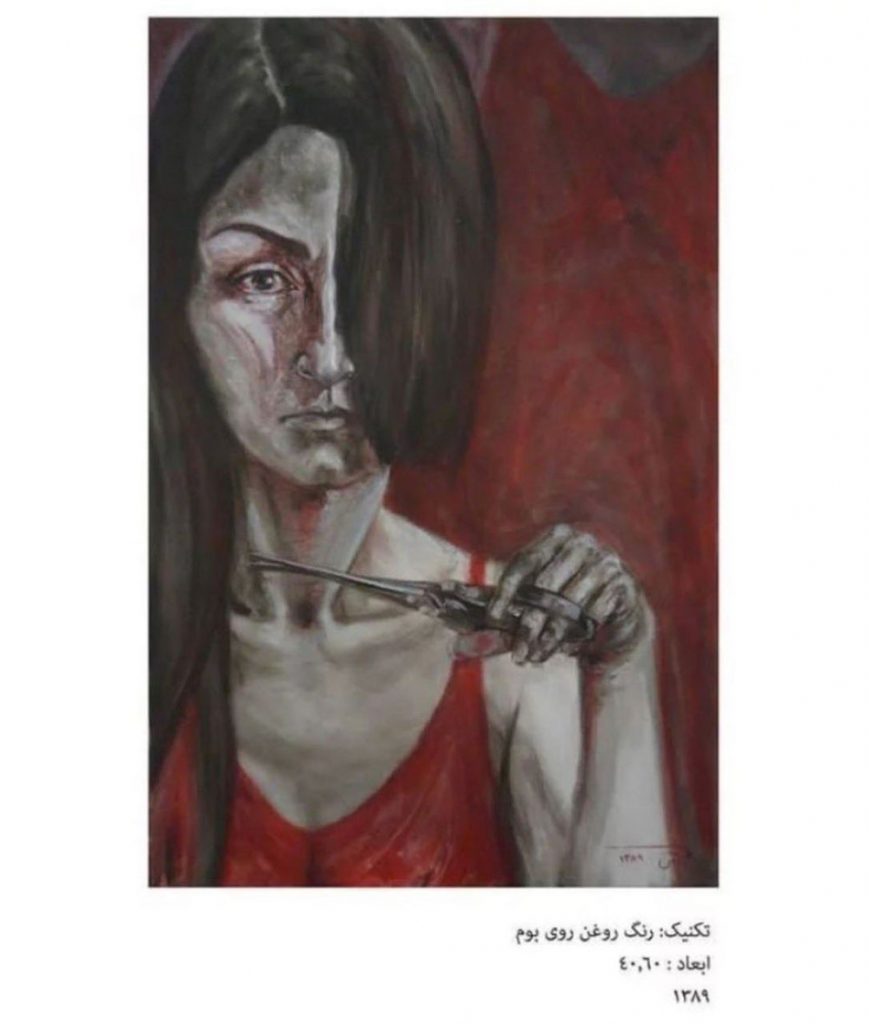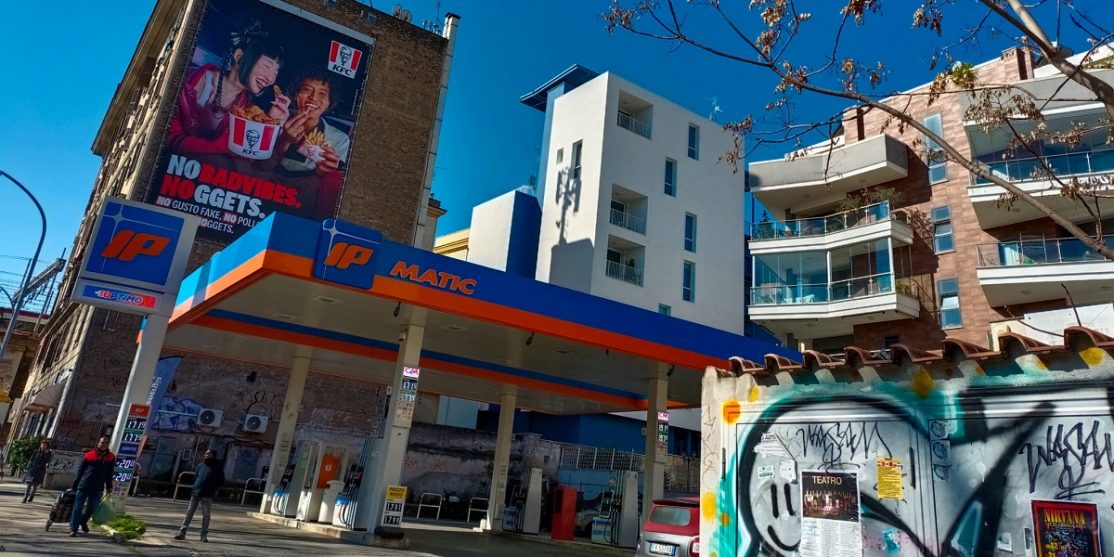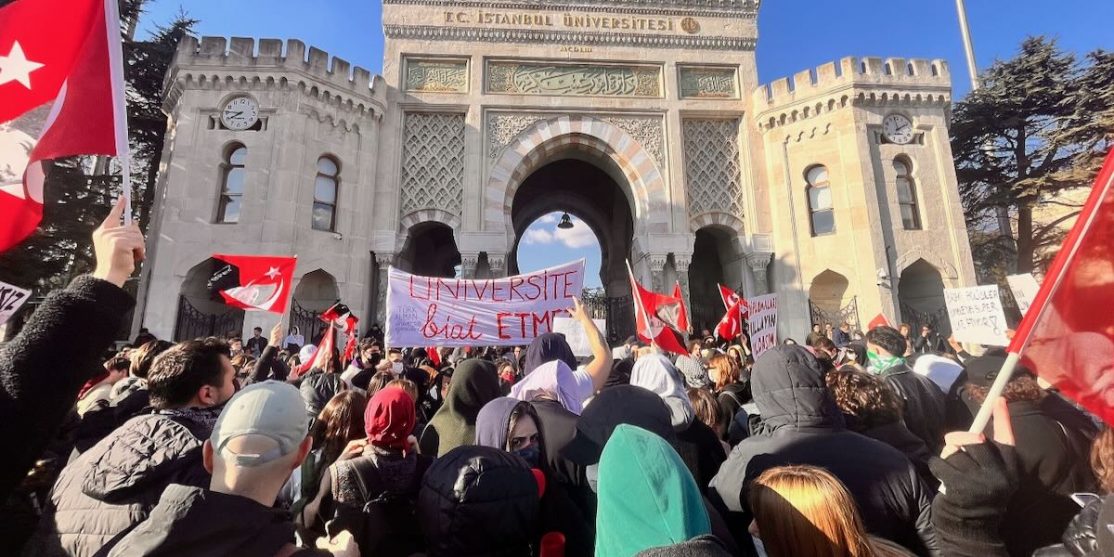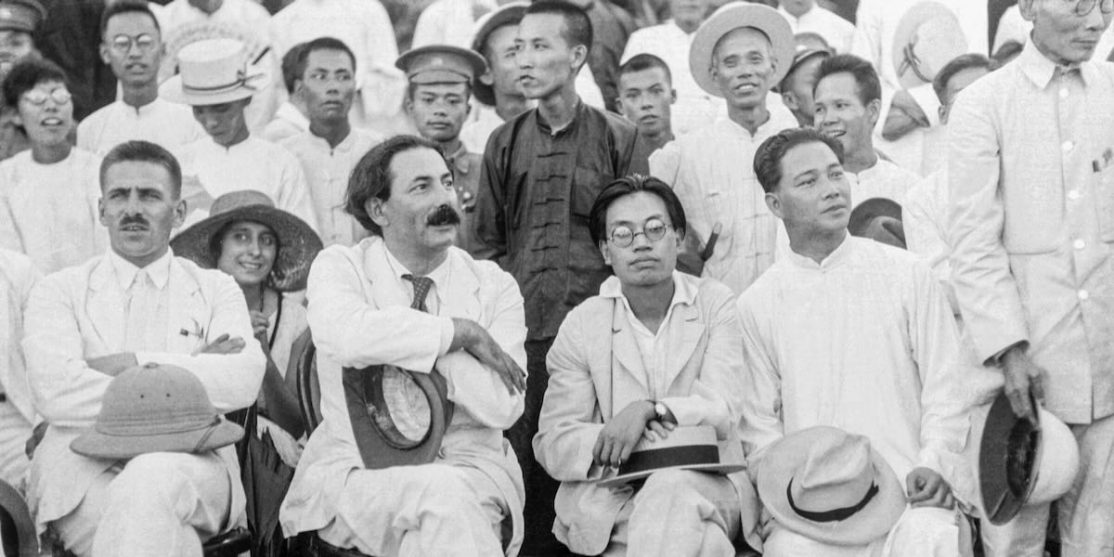MONDO

Women, life, freedom: correspondence from the iranian uprisings
The point of view of the Iranian researcher and activist Hassan (the name is invented in order to protect his identity) about the revolts that broke out in the country after Mahsa’s death
The following materials are taken from a correspondence with Hassan an Iranian scholar and activist, who provided us with a “ground based” point of view on the uprisings resulting from the killing of the 22-year-old Kurdish woman Mahsa Amini by the moral police, who are invading public space in Iran since over three weeks, targeting the unsustainable regime of the Islamic Republic.
We publish them here in raw form, maintaining the fidelity of the text received as much as possible, in the hope that they can help public opinion, activists, media, to understand the political significance and the stakes of the protests, not only for the Iranian people, but – also for what Iran and Middle East represent in the contemporary scenario of wars and revolutions – for the whole world.
As requested by the correspondents, we do not intend to publish their full names, so as not to further expose their lives to the ferocious repressive regime deployed by the Islamic republic.
October 5-6th, 2022
H:
Dear L,
I talked to some of my comrades and started preparing some texts. All leftist forces in Iran are in agreement that our goal should be forming an internationalist effort and without the help of our comrades around the world the best of our efforts would merely result in an isolated incident, one that would surely be extinguished rapidly.
I also wanted to inform you of some fundamental aspects of our situation:
A revolution in the making
According to what people chant in the streets, this is not a revolt, rebellion, or any type of disobedience; this is rather a full blown socialist revolution in the making, conducted by the people. Yet no one is in a disillusion that it would be over soon. There is a long road ahead of us and we are making sure to remind ourselves of that.
The relative absence of social and political organizations due to regime repression along decades
This is a truly “populist” revolution: after 43 years of repression, no independent public organization exist, there are no organized groups in Iran, neiter political nor social. After the massacre of the leftist partisans in the 80s, in recent years even the non-revolutionary marxist poets have been assassinated (see Chain murders of Iran 1988-1998) – the last one of which has been Baktash Abtin (2022), whose death has been well documented.
The Kurdish people composition’s centrality…
Kurds, because of their long history of resistance against the fascists on multiple colonial fronts (countries), have been on the forefront of this revolution. Although mainstream media tend to diminish their role, people on the streets acknowledge this as a fact. The youngest martyrs of our revolution have been a stillborn, who died in the belly of his mother as a result of the Islamic Republic’s bombing a residential region in Kurdistan of Iraq.
…and that of Baluchs people
Yet Kurds are not alone, Baluchs have had their own martyrs and started their resistance in solidarity with Kurds. A few days before Mahsa’s murder a 15 year old Baluch girl was raped by the head of the police in that region during an “interrogation”. Baluchs merely asked for a fair trial. in September 30, they were supposed to talk about their resolution after the Friday prayer’s gathering. At least 64 people has been shot dead in that day with footages showing bullets shot from a helicopter. The day is called “the Black Friday of Zahidan”. there are also rumors of IR bombing the city of Zahidan in that day. Baluchs have had some the most devoted revolutionaries in recent years, yet most of them bear the stigma of terrorists.
Nika Shakarami’s murder
Maybe the most traumatic victim of the fascists yet, has been the case of 17-year old Nika Shakarami. I urge you and all my comrades to familiarize yourselves with her short life, since she is also, like Mahsa, the symbol of our pain, and her name is our code. She comes from a family of dissident artists. She was arrested during a protest in Tehran, was beaten to death by the police in such brutal fashion that rumors say her face was unrecognizable.
Her body was given to her family under strict conditions, and since a lot of people were gathering for her funeral in the city of Khorramabad, the police stole her body again. Several witnesses say her body was in such a state that the regime feared of photos being taken from her during the funeral. Even the shameless state TV is shameful of what happened to Nika and is silent.
Islamic Republic IS NOT a “socialist state”
I know that most of our comrades in the global north sympathize with the Palestinian cause. As such, most of you might consider Islamic Republic as an anti-imperialist regime. Yet their support of Palestinians have been blown out of proportion and I have even heared some of western commies call Islamic Republic as a “socialist state”.
This is not the case. All types of neoliberal policies has been adapted by the regime since its inception: militarizing the police, transforming the nature of employment, carrying out privatizations, etc.. and on top of that, they are the fiercest McCarthyist (see 1988 executions of Iranian political prisoners) who consider being a communist as being against Allah. This is also true of other aparently “resistance forces” in the region who are considered as allies to the Palestinian cause: namely, Hezbollah and their shameless leader, Hassan Nasrallah. Today, among Iranians, “anti-imp” and “resistance axis” are stigmas that has nothing to do with Palestine, but rather reveal a trick played on the people to rob them of their rights.
The fear of exploitation by far-right groups…
I didn’t want to overburdon you with ethnic geography of the global south and our political history at this moment, yet I find it crucial to have a grasp on the nature of social organization in iran, and the weight of history we endured, since one of our main concerns is the movements of the reactionary forces, such as Monarchists and other ultranationalist groups. As I told you before, we sensed hesitation from our comrades in the global north, as if they thought this was a “regime change operation”. This is not. This is a revolution, and as far as you, my comrades, have moved swiftly to make up for that hesitation, I can tell you that fascists are moving fast too.
…and the rejection of self-claimed leaders: the role of arts and creativity.
talking about fascists: they are forcing leaders on us. Know that every self-claimed leader, is our enemy, no matter their ethnicity, language, gender or sexuality. Our movement has pride in being leaderless, but overly creative. I plan to write a piece about how the possibility of art and creativity has been revived in just two weeks. Let me tell you how jealous I was of the community and art that you practiced in dear old Naples, and how Jealous I think you would be of how fast small communities are forming here, not only to create art and music, but also to resist and to fight.
The People are Determined
Mahsa Amini, Nika Shakarami
Let us not forget our brother Julian Assange
Fuck the Fascist Pigs

Painting by Atash Shakarami, Nika’s aunt, signed 2010. “the revolutionaries are in the future”
In the second part of the correspondence, a text by a scholar and militant is transmitted, which analyzes the importance of the uprising in Iran from a female point of view
This next text is from a friend of mine: Pardis. I find her historical/anthropological take on ‘feminine knowledge’ refreshing, compared to the most rereadings of Western feminist movements. I will surely urge her to write more, since her militant femininity is unique among Iranian thinkers, but prevalent on the streets, especially among school girls who are not afraid to challenge authority.
Importance of Uprisings in Iran from a feminine (not feminist) perspective
As an anthropologist and more importantly as a woman being born and raised in Iran there have always been formal and informal rules, guidelines, values that determined the way I should understand my body and boundaries within which my body can be viewed; the official term that Iranian regime uses is being exposed. This set of rules has been taken for granted for years as being unravelled and unquestioned. First it is important to understand how the Islamic rule was imposed on bodies, then it is crucial to elucidate its ramification and at the end with this knowledge we can shed light on the uprisings, the feminine revolution that is happening in Iran.
1 . During the 1980s, the years of oppression, massacre, silence and violence, officials successfully turned the woman’s body into a reproductive apparatus through which reproductive women and productive men can be produced. Although in early 1980 there were several oppositions and demonstrations demanding elective Hijab and freedom of women these demands were silenced. The procedure took place not only by violent government action against women, which later ended up in ethical security police, but also by men in general.
Given that the society after 1979 was highly politicized and Iranian population were very vocal for their demand, the Islamic regime made a great deal:
in expense of depoliticizing men, in the name of Islamic rule, they gave extra power to male members of the family. men hand in hand with the Islamic regime oppressed women. Considering the social condition of 8 years of war with Iraq the bodies of women became a respected commodity as it can produce soldiers. By putting aside politics, even being worrisome about it, men in Iran had an important role, sacrificing themselves for flourishing the Islamic regime, no matter where, in battle fronts or in factories, he should be efficient and productive.
2 . The first generation of population being born after the Islamic regime internalized these fears as well. We were told not to express ourselves openly at school. Falling in love was as good as a crime. The framework was vividly surrounding us, we could have demands as long as those demands aligned with the Islamic regime’s values. The behaviour was also hailed by several incentives such as presents, travel to holy shrines and visiting great ayatollahs in person.
I remember missing a visit to Hassan Khomeini due to having my period, that was a disaster for me at the age of 14. My generation grew up and our biggest accomplishment was the 2009 green movement. Following a reformist candidate in the presidential election for the first time we felt the power of people, however the rigid framework of Islamic republic never changed and the brave attempts of women fighting for freedom in Iran was harshly silenced.
3 . The first flames of fire happened in 2017 when Vida Movahed removed her Hijab and stood on an old electricity Kiosk in Enghelab street of Tehran. Shockingly, men were standing around her in her support. From the university of Tehran the chant of “reformist, fundamentalist, this is the end of story”. The moment unravels the truth sparkling a new round of uprising that is attached together by the brutal killing of Mahsa Amini.
The new generation of men have a better understanding of the weight of womanhood in Iran. This feminine knowledge has been spread through social media, cycle of friends and other social activities that engage the young generation from both genders. They are not scared to dance to love and to remove their hijab and their male counterparts applause them for their bravery.
L.
Female body, being a battlefield for a long time for power struggle has finally gain the power to express itself, to speak out its demand and what is very bright in this new revolution is sharing the feminine knowledge that not only discussed torturesome of being a woman in Iran says about the social suffering of people, no matter their gender orientations, no matter their social class, no matter which ethnic group their belong to, this feminine voice has enwoven all these demand under a single chant: women, Life, freedom.
Hey L.
We have had a difficult week, as you may know. The state have attacked multiple prisons, including Evin prison, all with devastating effects. We are exchanging any information we get about prisoners, most of them our friends, writers, filmmakers and activists, to find out if they are ok. Yet the lives of a lot of ordinary prisoners are in danger.
They say the prison guards were attacking political prisoners in Evin and ordinary prisoners revolted to help their comrades. The following days saw multiple protests in university and school grounds across the country, which all faced harsh crack downs, with police and para-military forces entering schools and universities, arresting hundreds of students and beating them up.
While we are happy to see our young, children between 7 to 17 years of age, become political, yet their safety has been a major concern. It all seems like an exaggeration of a Llosaesque novel. More than 60 children have been killed by last week, and the total number of deaths are now more than 400. Some outlets suggest that the number of arrests is around 8000. Yet news about Kurdistan is scarce. The State has regressed to its fascist roots and the number of forced disappearance and ultra-judicial execution has increased exponentially. Hopefully I will write you more tomorrow after the protests. Power to the people
Jina, Nika




